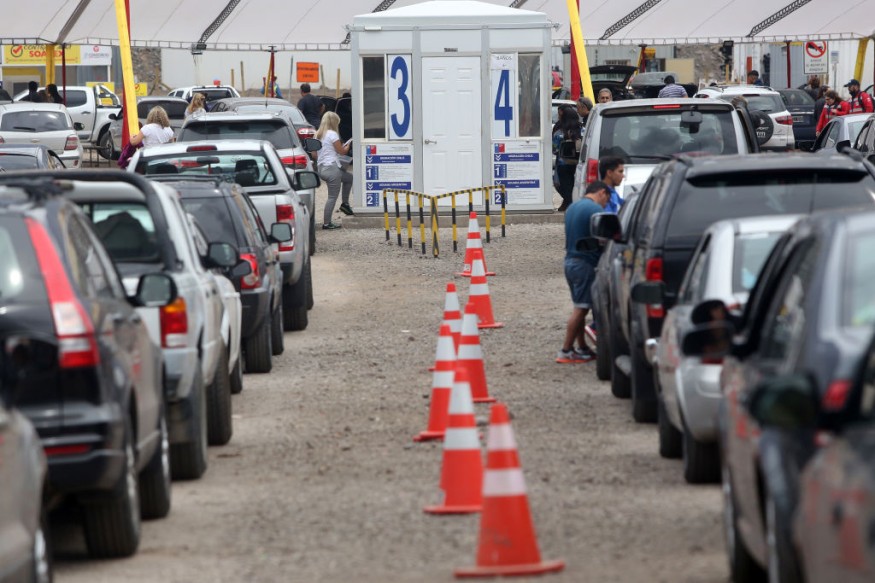
The border region of Chile-Argentina experienced a magnitude 5.8 earthquake, according to reports.
No injuries and damages were reported after the quake.
Reuters said the earthquake was felt on Wednesday in the Chile-Argentina border region. The report added that the German Research Center for Geosciences noted that the earthquake reached a 156km dept.
No damages were reported after the quake jolted the border region.
An active volcano in Iceland
Recently, Nature World News (NWN) reported that an active volcano in Iceland caused concerns in the region, showing signs of a possible eruption.
Based on the AFP report, about 2,200 quakes occurred in the Reykjavik capital, as Mount Fagradalsfjall produced tremors.
Furthermore, the report said the volcano showed signs of seismic and volcanic activity. Plumes could likely billow out, which could likely affect flights.
Earthquakes in Alaska and the Philippines
In Anchorage, Alaska, USA Today reported a 4.7 magnitude earthquake unfolded in the region. According to the United States Geological Survey (USGS), the quake was 17.5 miles deep.
In the Philippines, ABC-CBN News reported a 4.7 earthquake struck off Zambales (Thursday, PST).
The Philippine Institute of Volcanology and Seismology (Phivolcs) said the quake was felt in Metro Manila and portions of Luzon.
According to the report, the earthquake had 38 kilometers depth.
Staying safe from tremors
Earthquake aftermath can become catastrophic, significantly damaging properties and people. As a result, it is essential to keep safe from possible earthquakes.
Being prepared would help reduce the risk of injuries and deaths. While earthquakes are hard to detect, preparedness can become people's lifesavers.
According to American Red Cross, earthquakes could also lead to damaging landslides, tsunamis and damage to infrastructure.
Keep earthquake and disaster alerts turned on.
People should keep multiple news sources, from radio, mobile phones and television. It will help them stay updated with disasters, including powerful earthquakes.
Monitoring for possible tsunami alerts is essential if your home is near the coast.
Stay calm.
Homeowners should stay calm when an earthquake strikes. Think of the best response, and it is best to practice the Drop, Cover and Hold On.
Immediately evacuate or crawl to safe or secure areas, including desks and tables. Under the table, protect your head and hold on to it while waiting until the tremors stop.
When the shaking is over, immediately look for your family members. Be careful with falling debris, and avoid powerlines, trees and fragile materials.
Be mindful that aftershocks are possible.
Keeping earthquake emergency kits.
Having emergency kits would be helpful, including in other disasters. Evacuations could also become possible when your area could suffer from devastating aftermath.
Homeowners should have small bags of emergency kits to bring or keep.
After the earthquake strikes
After the earthquake, homeowners should also check their homes for possible damages from tremors. Be careful with broken power lines and cables.
For more similar stories, don't forget to follow Nature News.
© 2025 NatureWorldNews.com All rights reserved. Do not reproduce without permission.





